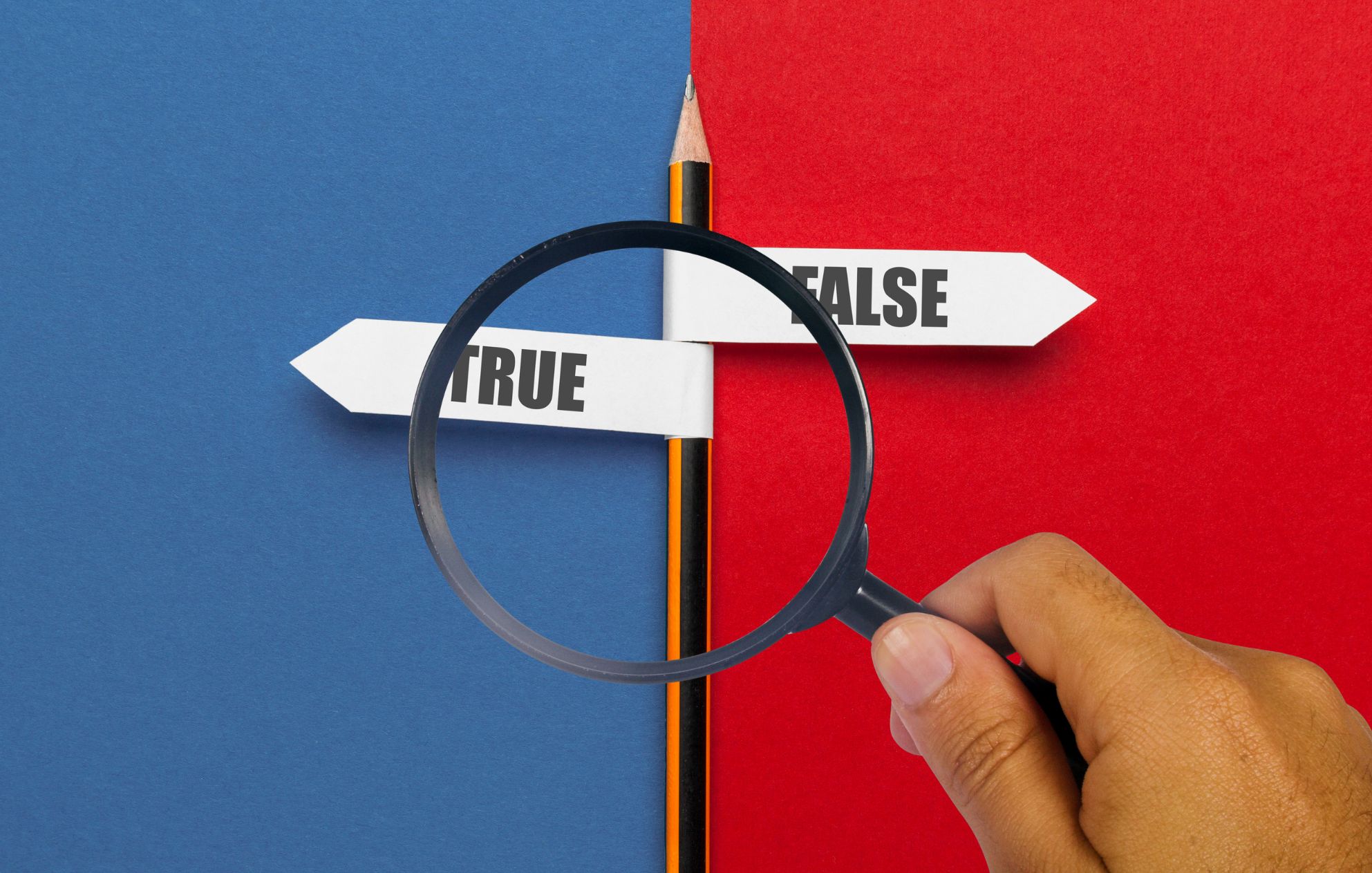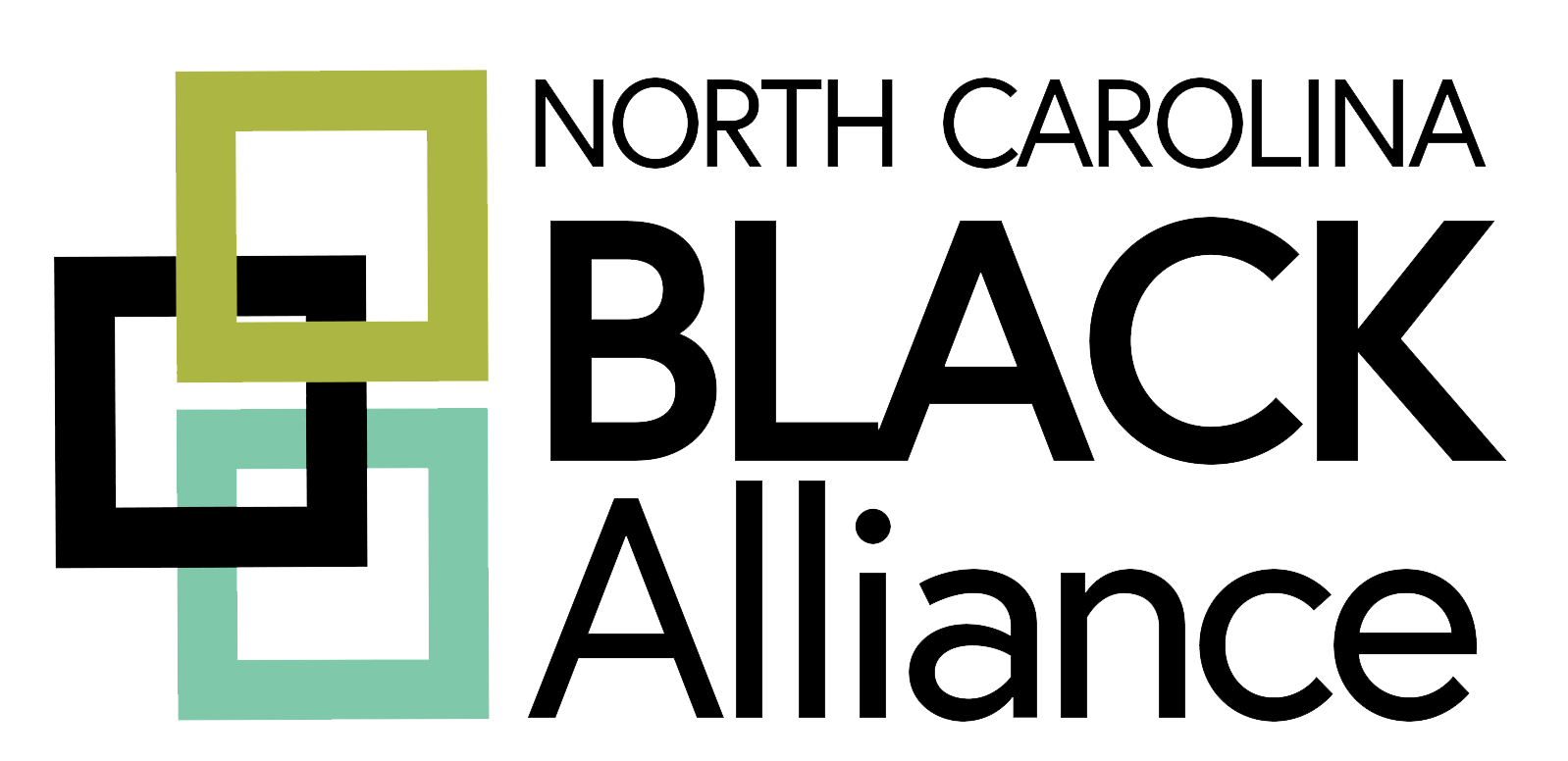The Impact of AI on Elections Part 1: Tips on Identifying Misinformation

In an era of widespread information, misinformation, and increased use of AI technologies, it is critical to be aware of the content we are consuming, and it’s even more critical when it comes to election-related content. As we swiftly approach the upcoming election cycle, here are 10 tips to help you identify potential misinformation or disinformation:
- Verify the source: Always check the credibility of the source providing the information. Look for trusted news outlets or reputable organizations known for their accuracy in reporting. Be cautious of information from unknown or suspicious sources.
- Cross-reference multiple sources: Don’t rely solely on one source of information. Check multiple sources to see if the information is consistent across different platforms or news outlets. It may be unreliable if a piece of information is only found on one website or social media account.
- Examine the evidence: Look for supporting evidence or data to support the claims being made, such as reputable studies, official reports, or statements from credible experts. Be skeptical of assertions that lack verifiable proof or rely on anonymous sources.
- Fact-checking websites: Utilize fact-checking websites that specialize in verifying information. Websites like FactCheck.org and PolitiFact.com can help you identify if a claim or news story has been debunked or is considered accurate.
- Analyze the tone and language used: Disinformation often employs emotional language, sensationalism, or exaggeration to evoke strong reactions. Be cautious of headlines or articles that seem overly provocative or inflammatory.
- Be aware of manipulated content: With the rise of sophisticated editing tools, images, videos, and audio can be manipulated to deceive viewers. Pay attention to any signs of tampering, inconsistencies, or unusual visual or audio cues that might indicate the content has been altered.
- Check the date: Always check the publication date of an article or post. Misinformation tends to resurface during election periods, making it essential to verify whether the information is current or outdated.
- Consider the context: Disinformation often takes information out of context or selectively presents facts to support a particular narrative. Dig deeper into the issue by examining the broader context, historical background, and opposing viewpoints.
- Exercise critical thinking: Develop a healthy skepticism and think critically about the information you receive. Consider the motivations behind the content and whether any biases or hidden agendas could be at play.
- Report and flag suspicious content: If you encounter content that appears to be disinformation, report it to the platform or social media site where you found it. Many platforms have mechanisms for users to flag misleading or false content.
Remember, the above tips can help you become a more critical consumer of information. Combating disinformation requires collective efforts from individuals, communities, and technology platforms to ensure a healthy information ecosystem during elections.
